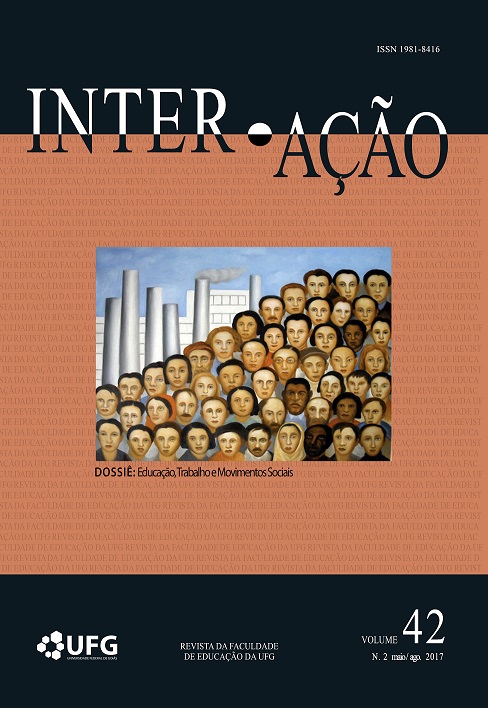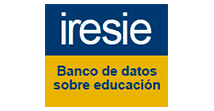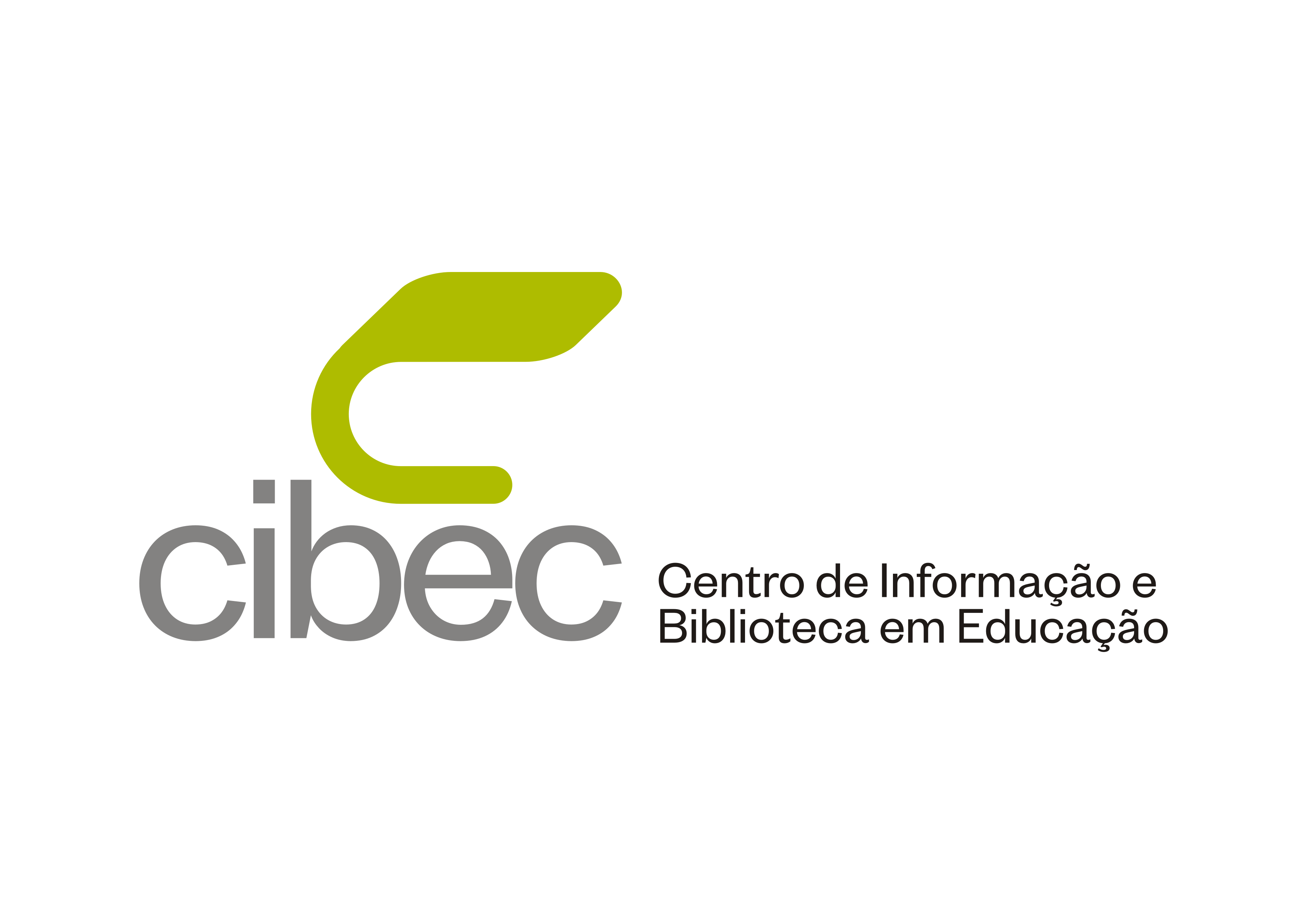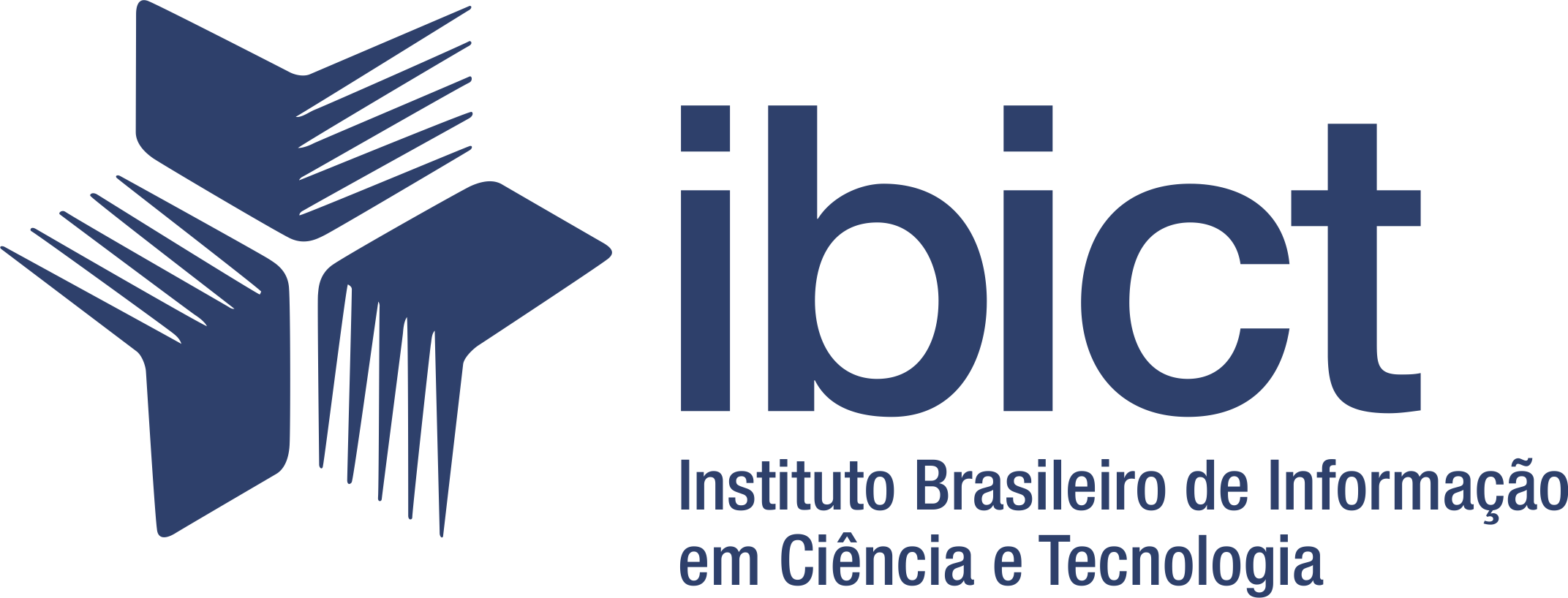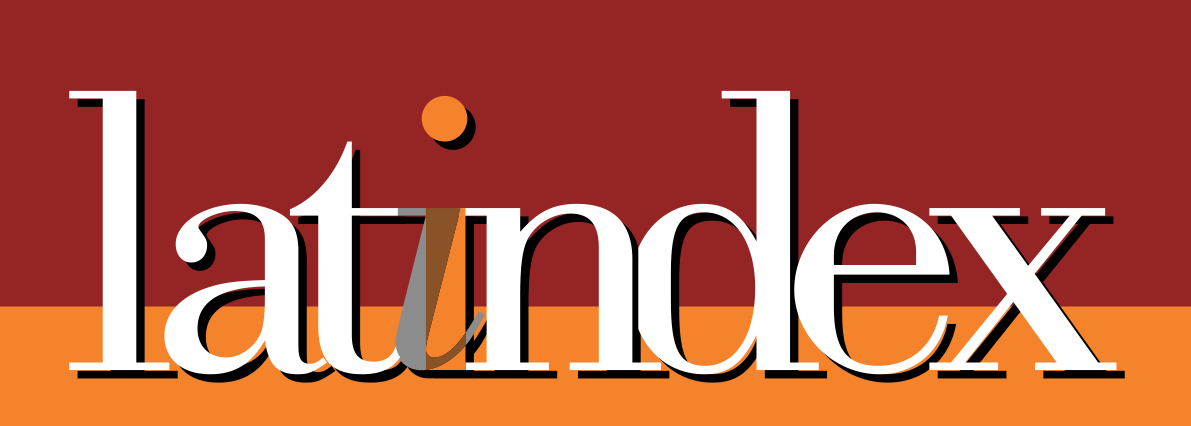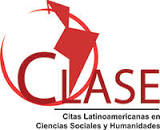A CONCEPÇÃO DE EDUCAÇÃO DO CAMPO NO CONTEXTO DO MOVIMENTO DOS TRABALHADORES RURAIS SEM TERRA (MST)
DOI:
https://doi.org/10.5216/ia.v42i2.46007Keywords:
Educação do Campo. Movimentos sociais. Movimento dos Trabalhadores Rurais Sem Terra. Formação Política e Pedagógica.Abstract
O presente artigo é fruto das pesquisas realizadas em educação do campo na sua estreita articulação com os movimentos sociais, tendo a colaboração do Programa Institucional de Bolsa de Iniciação Científica (PIBIC / CNPq) e do Programa de Educação Tutorial – PET Educação do Campo e Movimentos Sociais, ambos na Universidade Federal Rural do Rio de Janeiro (UFRRJ). Tem como objetivo central apresentar reflexões realizadas nos últimos anos acerca da concepção de educação do campo no contexto do Movimento dos Trabalhadores Rurais Sem Terra (MST), a formação dos educadores e sua participação, enquanto seres históricos e culturais. Utilizamos, predominantemente, a pesquisa bibliográfica e documental, em especial, o Caderno de Educação n° 8 – Princípios da Educação no MST. Concluímos que a educação do campo, enquanto práxis libertadora, é utilizada no processo de compreensão das lutas e demandas educacionais defendida pelo MST. Ela dialoga com os gestos, desejos, valores e luta pela terra.Downloads
Downloads
Published
How to Cite
Issue
Section
License
Inter-Ação uses the Creative Commons Attribution 4.0 License for Open Access Journals (Open Archives Initiative - OAI) as the basis for the transfer of rights. Open access means making documents available on the Internet free of charge, so that users can read, download, copy, distribute, print, search, or link to the full text of documents, process them for indexing, use them as input data for software programs, or use them for any other lawful purpose, without financial, legal, or technical barriers.
Authors publishing in this journal agree to the following conditions:
1) Authors retain copyright and grant the journal the right of first publication, with the work simultaneously licensed under the Creative Commons Attribution License, which permits redistribution of the work with attribution and first publication in this journal.
2) Authors are permitted to enter into additional, separate agreements for non-exclusive distribution of the version of the work published in this journal (e.g., for publication in an institutional repository or as a book chapter), with attribution and first publication in this journal.
3) Authors are permitted and encouraged to publish and distribute their work online (e.g. in institutional repositories or on their home page) at any time before or during the editorial process, as this may generate productive changes as well as increase the impact and citation of the published work.

